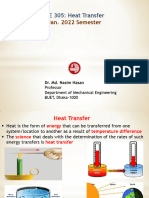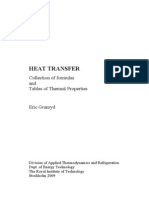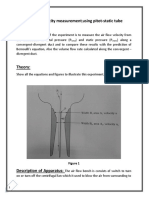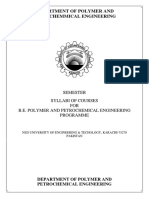0% found this document useful (0 votes)
24 views34 pagesLecture 2
The document covers fundamental concepts of kinetic energy, potential energy, internal energy, enthalpy, and heat transfer, including conduction, convection, and radiation. It provides examples and exercises for calculating specific energy values and heat transfer rates in various scenarios. Additionally, it discusses different types of heat exchangers, such as double-pipe, shell and tube, plate, and spiral heat exchangers, highlighting their efficiencies and applications in processing industries.
Uploaded by
alinaser2366Copyright
© © All Rights Reserved
We take content rights seriously. If you suspect this is your content, claim it here.
Available Formats
Download as PDF, TXT or read online on Scribd
0% found this document useful (0 votes)
24 views34 pagesLecture 2
The document covers fundamental concepts of kinetic energy, potential energy, internal energy, enthalpy, and heat transfer, including conduction, convection, and radiation. It provides examples and exercises for calculating specific energy values and heat transfer rates in various scenarios. Additionally, it discusses different types of heat exchangers, such as double-pipe, shell and tube, plate, and spiral heat exchangers, highlighting their efficiencies and applications in processing industries.
Uploaded by
alinaser2366Copyright
© © All Rights Reserved
We take content rights seriously. If you suspect this is your content, claim it here.
Available Formats
Download as PDF, TXT or read online on Scribd
/ 34





















































































